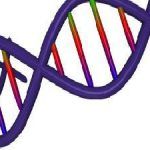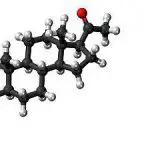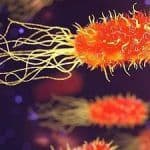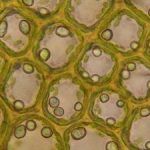The changes in the single base or nucleotide in the nucleotide sequence and thus changing its complementary base also it is called as point mutations, while when there are insertions or deletions of more than one base pair in the nucleotide sequence it is known as frameshift mutations. Mutations can be defined as any kind of change in the nucleotide sequence or genetic code, … [Read more...] about Difference Between Point and Frameshift Mutations
Difference Between Oestrogen (Estrogen) and Progesterone
Oestrogen or estrogen is the female steroid hormone known for the development of the female reproductive system, while progesterone is also another type of female steroid hormone known for releasing corpus luteum and supports the pregnancy. These are the types of steroids hormones and are categorized under two category which are corticosteroids and sex steroids. Among which … [Read more...] about Difference Between Oestrogen (Estrogen) and Progesterone
Difference Between Bacteria and Virus
Bacteria are said to occupy the large domain of the prokaryotic cell, while the virus is known as minor infection causing agent. Secondly, bacteria reproduce by themselves through asexual method whereas virus needs a host cell to replicate as they lack cellular machinery but consist of DNA and RNA. When people fall ill, the first thing that struck to their mind is about any … [Read more...] about Difference Between Bacteria and Virus
Difference Between Systolic and Diastolic Blood Pressures
When the muscles of the heart contracts it is known as systolic, whereas when the heart muscles relax it is known as diastolic. At the time of systole the blood pressure increases, but at the time of diastole, the blood pressure decreases. These are the two types of blood pressure, controlled by the beating of the one's heart. The heart is the organ which provides oxygenated … [Read more...] about Difference Between Systolic and Diastolic Blood Pressures
Difference Between Parenchyma, Collenchyma and Sclerenchyma Cells
Parenchyma cells are the type of living plant cells, which are known for healing and repair mechanism, and food storage. Collenchyma cells are known for providing mechanical support to the plants, by protecting the delicate inner part of the plant. Sclerenchyma cells are the matured dead cells and are found in wooden part or hard stem of the plant. Likewise the humans, who … [Read more...] about Difference Between Parenchyma, Collenchyma and Sclerenchyma Cells





